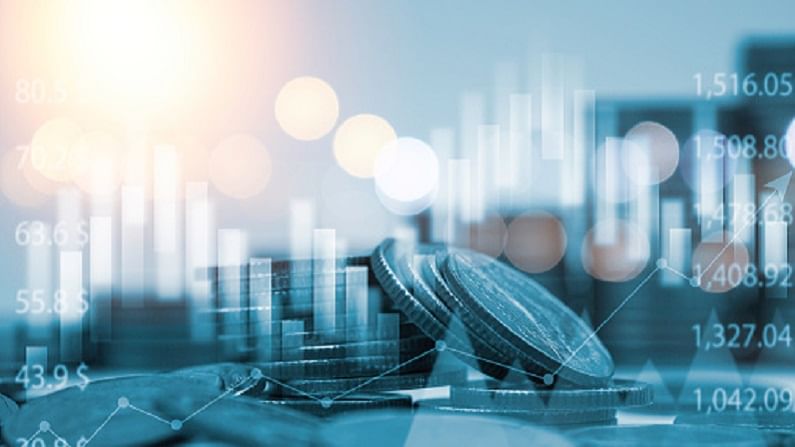Indian economy expected to grow by 10% or more in the current fiscal: Rajiv Kumar
The Reserve Bank of India (RBI) has decreased its growth forecast for the current fiscal year to 9.5% from 10.5% previously

The Niti Aayog Vice-Chairman Rajiv Kumar has stated that the Indian economy is predicted to grow by 10% or more this fiscal year and 8% or more next fiscal year, according to a report in The Economic Times. Kumar also remarked that the Modi government’s seven years in office have established a strong economic foundation for businesses to grow in India while speaking at a book launch event.
“The Covid-19 pandemic caused a two-year pause in economic growth.” According to the IMF, India would be the fastest-growing major economy over the next five years, with a growth rate of 9.5 percent in 2021. These are underestimations, according to Kumar.
The Reserve Bank of India (RBI) has decreased its growth forecast for the current fiscal year to 9.5% from 10.5% previously, while the International Monetary Fund (IMF) predicts 9.5% growth in 2021 and 8.5% the following year.
“In the current fiscal year, India will grow at a rate of 10% or higher (2021-22). And, if we are free of the Covid-19 pandemic, we (the Indian economy) would develop at a rate of 8% or above in FY 2022-23 “Kumar stated.
He stated, “Things are changing, and people are eager to invest in India.”
According to the Vice-Chairman of Niti Aayog, India’s potential growth rate will increase to 8%.
The International Monetary Fund (IMF) cut India’s potential growth prediction to 6% last month, citing the pandemic as the reason.
Despite the disastrous second Covid wave, the country’s GDP increased by a record 20.1 percent in the April-June quarter, supported by a relatively weak base from the previous year and a fast rebound in the manufacturing and services sectors.
Download Money9 App for the latest updates on Personal Finance.
Related
- सरकार ने GST दरों में कमी के बाद पैकेजिंग नियमों को आसान बनाया
- GST दर सुधार पर परिषद की बैठक शुरू, तेदेपा का समर्थन, विपक्षी दलों ने राजस्व संरक्षण की मांग की
- एससीओ शिखर सम्मेलन में विकास बैंक की स्थापना को मंजूरी: चीनी विदेश मंत्री
- फिच रेटिंग्स ने भारत की साख को स्थिर परिदृश्य के साथ ‘बीबीबी’ पर रखा बरकरार
- कृषि, ग्रामीण श्रमिकों के लिए खुदरा मुद्रास्फीति जुलाई में घटकर 0.77 प्रतिशत एवं 1.01 प्रतिशत
- मंत्रिसमूह ने केंद्र के दो GST स्लैब के प्रस्ताव को स्वीकार किया

